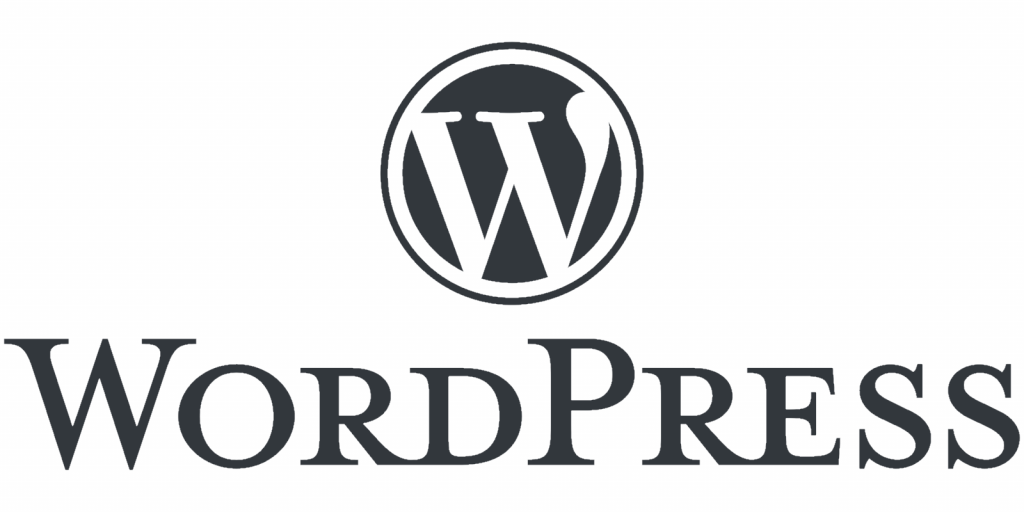Blogging is an excellent way to share your ideas and interests with the world. It is also an effective tool for building a community, generating leads, and making money online.
However, many people believe that starting a blog requires a significant investment of time and money.
Fortunately, that’s not the case. In this article, we will show you how to start a blog for free with WordPress and web hosting.
How do you start your blog for free?
WordPress is one of the most popular content management systems (CMS) in the world. According to recent statistics, over 40% of all websites use WordPress, including major companies like Microsoft, Sony, and The New Yorker.
There are many reasons why WordPress is a great platform for blogging, including:
- It’s free: WordPress is an open-source platform, which means you can use it for free. All you need is a web hosting account, which we will discuss later in this article.
- It’s easy to use: WordPress has a user-friendly interface, making it easy for beginners to create and manage a blog. You don’t need any coding skills or technical knowledge to get started.
- It’s customizable: WordPress offers thousands of free and premium themes and plugins that allow you to customize your blog’s design and functionality. You can also create your own custom themes and plugins if you have the skills.
- It’s SEO-friendly: WordPress is built with SEO in mind, making it easier for your blog to rank higher in search engine results pages (SERPs). It also offers many SEO plugins that can help you optimize your content and improve your rankings.
- It’s secure: WordPress is constantly updated to address security vulnerabilities, making it a safe and secure platform for your blog.
Now that you know why WordPress is a great platform for blogging let’s dive into the step-by-step process of starting a blog for free.
Step 1: Choose a Blogging Niche
The first step in starting a blog is to choose a niche. A niche is a specific topic or area of interest that you want to write about. Choosing a niche is essential because it helps you focus your content and attract the right audience. Here are some tips for choosing a niche:
- Choose something you’re passionate about: Blogging requires a lot of time and effort, so it’s essential to choose a niche that you’re passionate about. Writing about something you love will make it easier to create quality content and keep you motivated.
- Research your competition: Before choosing a niche, research your competition to see what topics are popular and how you can differentiate yourself from other bloggers.
- Consider your audience: Think about who your target audience is and what they’re interested in. Choose a niche that appeals to your audience and provides value to them.
Step 2: Choose a Domain Name
Once you’ve chosen your niche, it’s time to choose a domain name. A domain name is the address of your blog on the internet. It’s important to choose a domain name that is memorable, easy to spell, and reflects your brand. Here are some tips for choosing a domain name:
- Keep it short and simple: Your domain name should be easy to remember and spell. Avoid using hyphens, numbers, or special characters.
- Make it brandable: Your domain name should reflect your brand and be unique. Avoid using generic or keyword-stuffed domain names.
- Use a domain name generator: If you’re struggling to come up with a domain name, you can use a domain name generator like Namecheap or GoDaddy.
Step 3: Choose a Web Hosting Provider
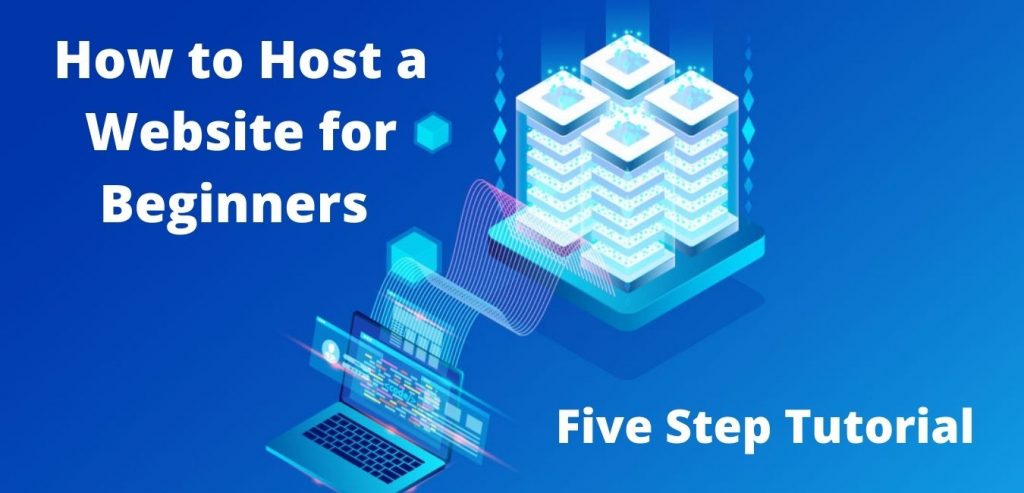 The next step in starting a blog is to choose a web hosting provider. Web hosting is a service that allows you to store your blog’s files and make them accessible on the internet. There are many web hosting providers available, but not all of them are created equal. Here are some factors to consider when choosing a web hosting provider:
The next step in starting a blog is to choose a web hosting provider. Web hosting is a service that allows you to store your blog’s files and make them accessible on the internet. There are many web hosting providers available, but not all of them are created equal. Here are some factors to consider when choosing a web hosting provider:
- Price: The cost of web hosting can vary greatly depending on the provider and the package you choose. Look for a web hosting provider that fits within your budget.
- Reliability: Your web hosting provider should offer reliable uptime and fast page loading speeds. Look for providers with a proven track record of reliability and performance.
- Customer support: Look for a web hosting provider that offers excellent customer support, including live chat, phone support, and email support.
- Security: Your web hosting provider should offer robust security features, including firewalls, malware scanning, and regular backups.
- Scalability: As your blog grows, you may need more resources to handle increased traffic. Look for a web hosting provider that offers scalable hosting plans.
Some popular web hosting providers for WordPress include Bluehost, HostGator, and DreamHost. These providers offer affordable hosting plans and excellent features specifically tailored for WordPress users.
Step 4: Install WordPress
 Once you have chosen a web hosting provider, the next step is to install WordPress. Most web hosting providers offer a one-click WordPress installation process, which makes it easy to get started. Here’s how to install WordPress:
Once you have chosen a web hosting provider, the next step is to install WordPress. Most web hosting providers offer a one-click WordPress installation process, which makes it easy to get started. Here’s how to install WordPress:
- Log in to your web hosting account and navigate to the control panel or cPanel.
- Look for the WordPress icon or the “Install WordPress” button and click on it.
- Follow the installation wizard and provide the necessary information, including your domain name, username, and password.
- Click on the “Install” button, and WordPress will be installed on your web hosting account.
Step 5: Choose a Theme
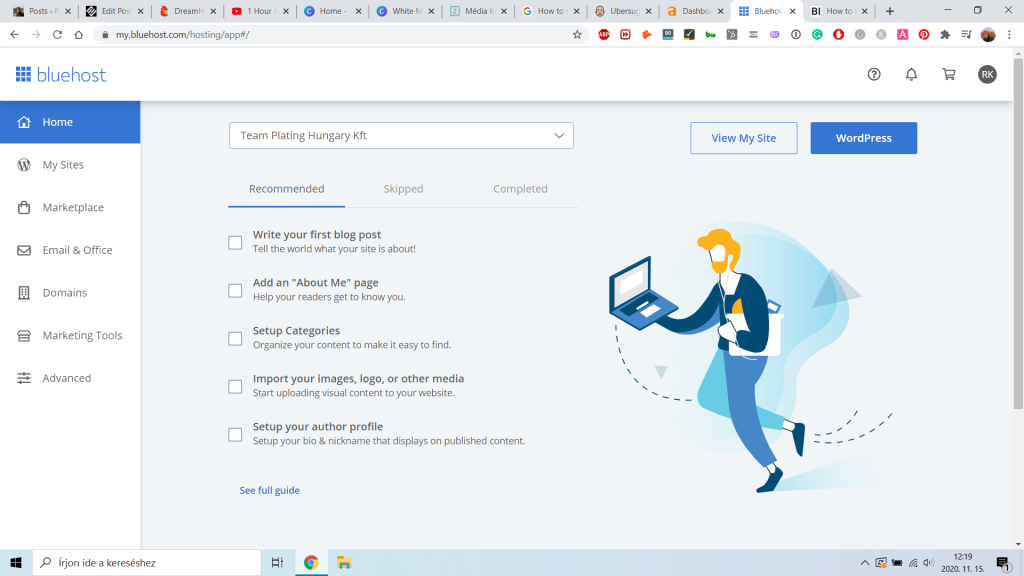 Now that you have installed WordPress, it’s time to choose a theme. A theme is a collection of files that determine the design and layout of your blog. WordPress offers thousands of free and premium themes that you can choose from. Here are some factors to consider when choosing a theme:
Now that you have installed WordPress, it’s time to choose a theme. A theme is a collection of files that determine the design and layout of your blog. WordPress offers thousands of free and premium themes that you can choose from. Here are some factors to consider when choosing a theme:
- Design: Your theme should have a design that matches your niche and reflects your brand. Look for themes that are visually appealing and easy to navigate.
- Customizability: Your theme should be customizable, allowing you to change the colors, fonts, and layout to suit your preferences.
- Responsive: Your theme should be responsive, meaning it adjusts to different screen sizes and devices.
- Speed: Your theme should be lightweight and optimized for fast page loading speeds.
- Support: Look for themes that come with excellent support, including documentation, tutorials, and a community forum.
Some popular theme marketplaces for WordPress include Themeforest, Elegant Themes, and StudioPress.
Step 6: Install Essential Plugins
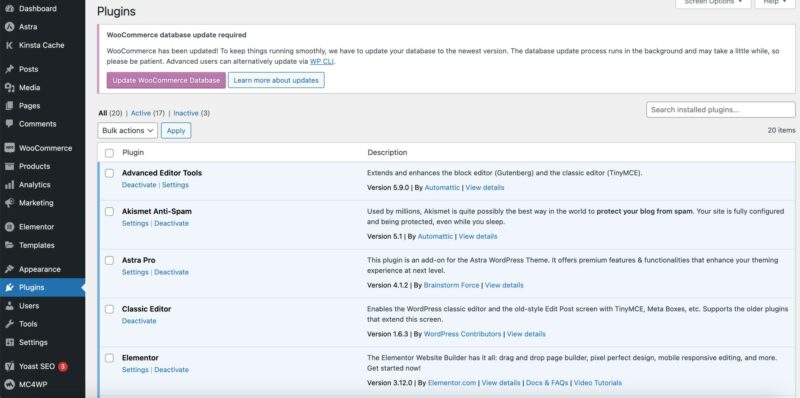 Plugins are add-ons that extend the functionality of your WordPress blog. WordPress offers thousands of free and premium plugins that you can use to add features to your blog. Here are some essential plugins that every blogger should have:
Plugins are add-ons that extend the functionality of your WordPress blog. WordPress offers thousands of free and premium plugins that you can use to add features to your blog. Here are some essential plugins that every blogger should have:
- Yoast SEO: This plugin helps you optimize your blog for search engines and improve your rankings.
- Jetpack: This plugin offers a suite of features, including site stats, security, and performance optimization.
- Akismet Anti-Spam: This plugin helps you combat spam comments on your blog.
- Contact Form 7: This plugin allows you to create custom contact forms for your blog.
- WP Super Cache: This plugin improves your blog’s performance by caching your pages and reducing page loading times.
Step 7: Create and Publish Your First Blog Post
 Now that your blog is set up, it’s time to create and publish your first blog post. Here are some tips for creating a great blog post:
Now that your blog is set up, it’s time to create and publish your first blog post. Here are some tips for creating a great blog post:
- Choose a topic that is relevant to your niche and interesting to your audience.
- Use headlines, subheadings, and bullet points to break up your content and make it easy to read.
- Include images or videos to make your content more engaging.
- Use keywords in your post to help it rank higher in search engine results pages (SERPs).
- Share your post on social media and other online platforms to drive traffic to your blog.
How to Grow Your Blog?
 Now that you have set up your blog, the next step is to start publishing content to attract visitors and grow your blog. Content is the backbone of any successful blog, and creating quality content on a regular basis is the key to keeping your visitors engaged and coming back for more.
Now that you have set up your blog, the next step is to start publishing content to attract visitors and grow your blog. Content is the backbone of any successful blog, and creating quality content on a regular basis is the key to keeping your visitors engaged and coming back for more.
Here are some tips for scaling up your blog with new content to get more visitors:
Develop a Content Strategy
Before you start publishing content, it’s essential to develop a content strategy. A content strategy is a plan that outlines what type of content you will create, how often you will publish it, and how you will promote it. Your content strategy should align with your blogging goals and target audience. Here are some steps to develop a content strategy:
- Identify your target audience and their needs.
- Conduct keyword research to find topics that are relevant to your niche and have a high search volume.
- Develop a content calendar that outlines your publishing schedule and topics.
- Plan your content promotion strategy, including social media, email, and guest posting.
Write Quality Content
The quality of your content is critical to the success of your blog. Your content should be informative, engaging, and relevant to your audience. Here are some tips for writing quality content:
- Use a clear and concise writing style.
- Use headlines, subheadings, and bullet points to break up your content and make it easier to read.
- Use images or videos to make your content more engaging.
- Use internal and external links to provide context and additional resources.
Publish Consistently
Consistency is key when it comes to publishing content on your blog. Your visitors will expect new content on a regular basis, so it’s essential to establish a consistent publishing schedule. Whether you choose to publish weekly, bi-weekly, or monthly, make sure to stick to your schedule. This will help build trust with your visitors and keep them engaged with your blog.
Optimize Your Content for SEO
Search engine optimization (SEO) is the process of optimizing your content to rank higher in search engine results pages (SERPs). By optimizing your content for SEO, you can attract more visitors to your blog and increase your visibility online. Here are some tips for optimizing your content for SEO:
- Use relevant keywords in your content and meta descriptions.
- Use descriptive and meaningful URLs.
- Use alt tags for your images.
- Use internal and external links to provide context and additional resources.
- Use social media and other online platforms to promote your content and attract backlinks.
Engage with Your Audience
Engaging with your audience is essential to building a loyal and engaged following. Encourage your visitors to leave comments on your blog posts, and make sure to respond to their comments in a timely manner.
You can also engage with your audience on social media and other online platforms. By building a community around your blog, you can attract more visitors and increase your reach.
Monitor Your Analytics
Monitoring your blog’s analytics is essential to understanding your visitors’ behavior and preferences. By tracking your blog’s traffic, engagement, and conversion rates, you can identify areas for improvement and optimize your content strategy accordingly.
Google Analytics is a free tool that allows you to track your blog’s performance, including traffic sources, bounce rates, and conversion rates.
Final Remarks
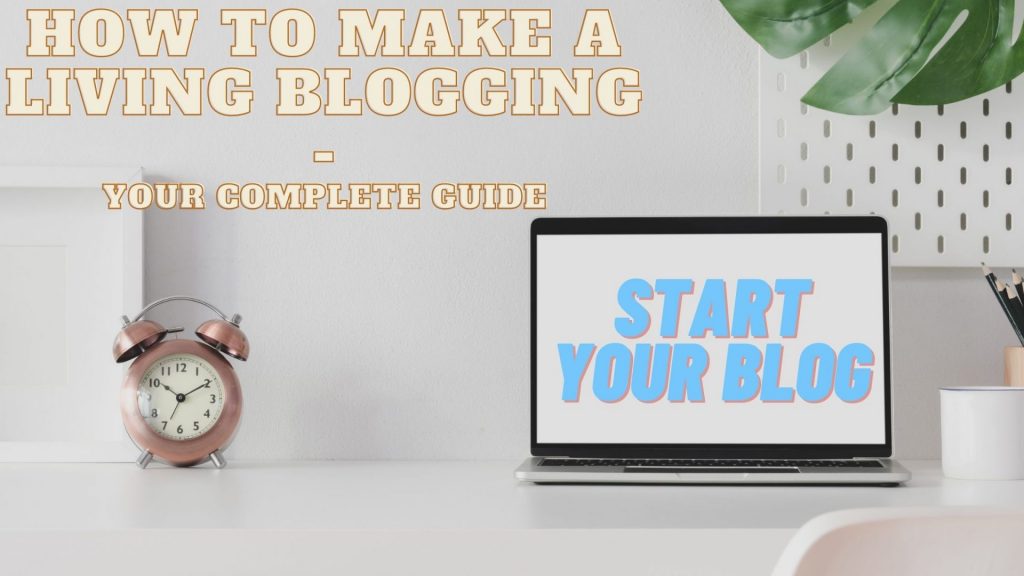 In conclusion, scaling up your blog with new content to get more visitors requires a content strategy, quality content, consistent publishing, SEO optimization, engagement with your audience, and monitoring of your analytics.
In conclusion, scaling up your blog with new content to get more visitors requires a content strategy, quality content, consistent publishing, SEO optimization, engagement with your audience, and monitoring of your analytics.
By following these tips, you can create a successful blog that attracts visitors and achieves your blogging goals. Remember to stay focused on your niche, be authentic, and provide value to your audience.
Need help? Download our Free Ebook to start your own business today!

